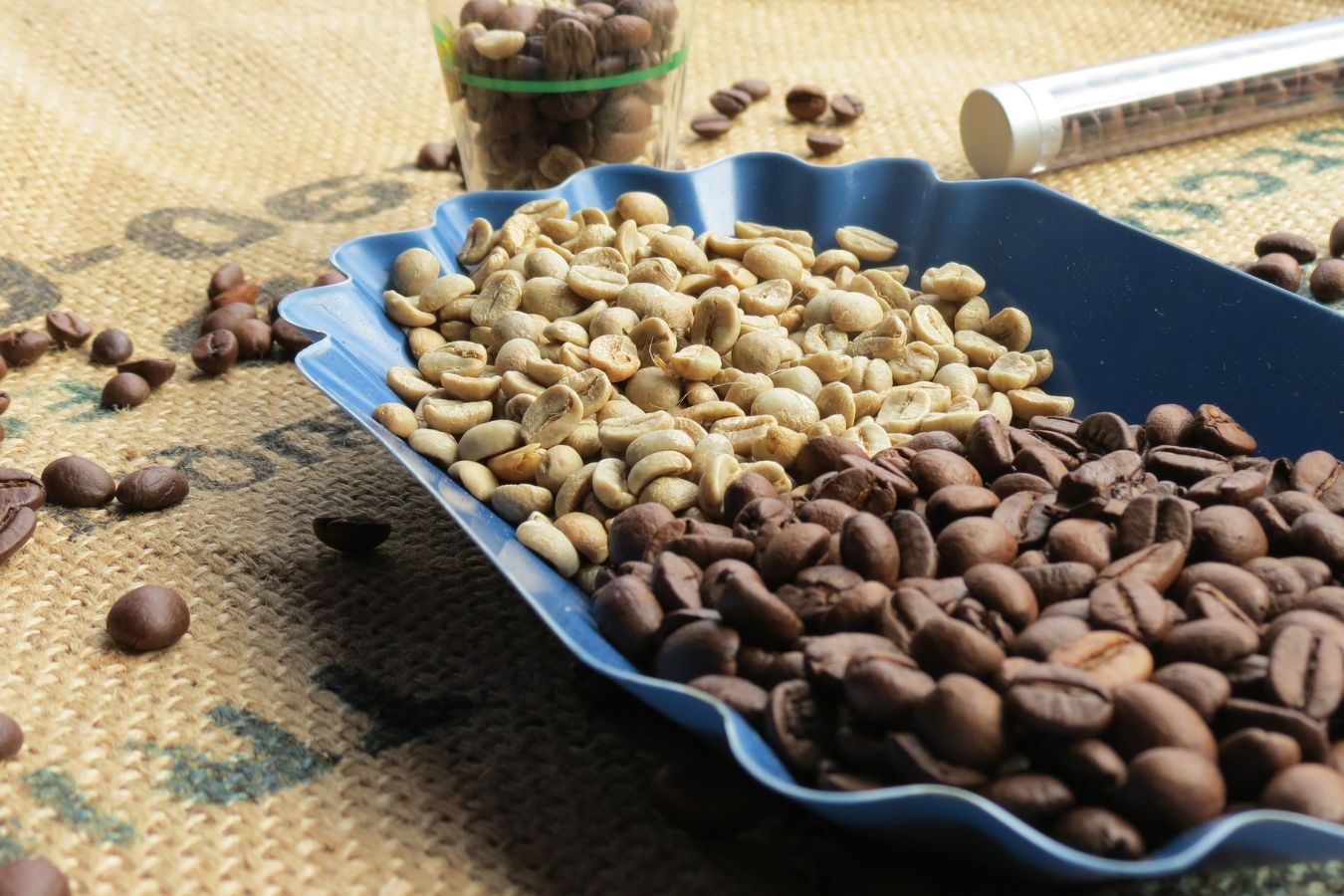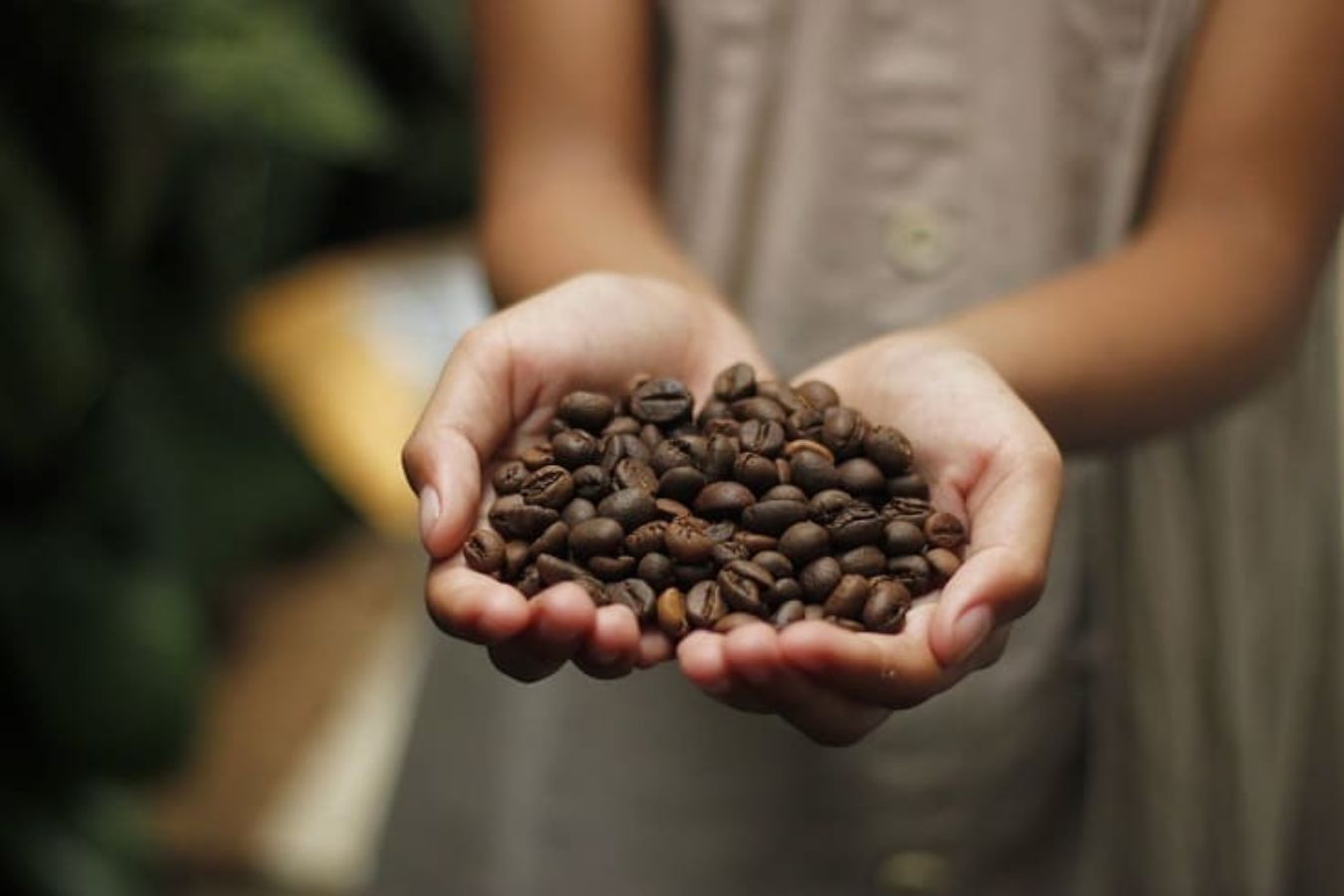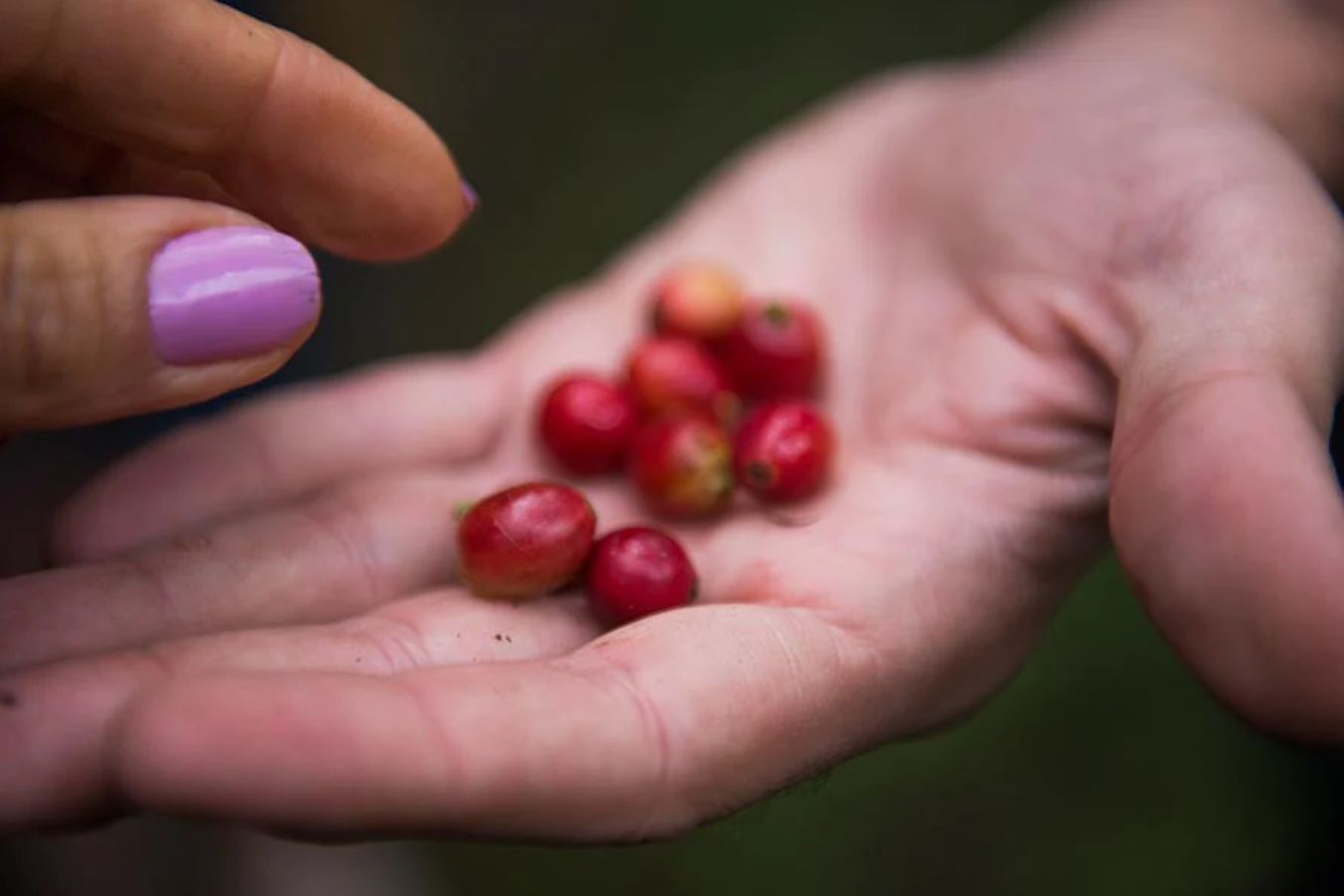
How Does Coffee Bean Trading Work? Coffee is one of the most widely traded commodities in the world, with an estimated market value of more than $100 billion.
Coffee prices are very speculative, as they are influenced by a variety of factors such as climate, transportation, and other commodity prices such as crude oil. Continue reading to learn about the history of coffee and how you may become engaged in commodity trading with coffee.
Introduction to Coffee Trading on the Internet
Coffee is classified as a “soft commodity,” meaning it is farmed rather than mined. These commodities are particularly important in the futures market and are traded on the Intercontinental Exchange (ICE) in the United States, where coffee options can also be traded. Coffee is one of the most widely traded commodities in the world, with over 2.25 billion cups consumed every day.
What are the various kinds of coffee?
Arabica and Robusta are the two main varieties of coffee that can be traded globally. These differ in various ways and are influenced by various triggers, which is something to keep in mind when choosing an asset to trade.

Arabica coffee: Arabica is the more expensive of the two varieties, with beans retailing for between $2.60/kg and $3/kg in recent years. Arabica accounts for 60-70 percent of total coffee production and is mostly grown in Brazil and Colombia.
Robusta coffee: As the name implies, Robusta can grow at lower elevations and in hotter regions, and has a more earthy and bitter flavor than Arabica, as well as a greater caffeine level. Robusta beans, which are largely cultivated in Vietnam, have recently sold for $1.50 to $2 and account for around 30% of the coffee bean market.
Where does coffee come from?
Coffee is grown in more than 50 nations along the so-called “coffee belt.” Countries having tropical or sub-tropical climates are included. Coffee beans can grow at various elevations and temperatures, depending on the type. The top five coffee producers, according to the World Atlas, are:
|
Rank
|
Country | Coffee production (in metric tonnes) |
|---|---|---|
|
1
|
Brazil | 2.65m |
|
2
|
Vietnam | 1.65m |
|
3
|
Colombia | 810,000 |
|
4
|
Indonesia | 660,000 |
|
5
|
Ethiopia | 384,000 |
Which countries are the largest coffee importers?
Surprisingly, the countries that import and consume the most coffee are not found within or near the coffee belt. Instead, total coffee imports reflect some of the world’s most powerful and rich economies:
United States – approximately 20%
Germany – around 10%
France – around 9%
Italy – around 5%
Japan – around 4%
How to Make a Coffee Deal
Create a user account. With a live account, you’ll get access to a free demo account where you may practice safely with virtual funds.
Choose between spread betting and CFD trading as your product. On the coffee market, you can also trade forward contracts (similar to futures), which are detailed in greater depth below.

Choose between Arabica and Robusta coffee beans. Both varieties of coffee beans have advantages and disadvantages, so do some study to choose the best coffee for you.
Keep up with the latest global headlines. Economic announcements and breaking news can affect countries and, as a result, commodity markets.
Consider risk-control measures. Each coffee variety is priced differently, grown in different regions, and may be influenced by a variety of risky factors. Setting stop-loss orders on your trades, for example, can assist you to close off unprofitable deals and reducing capital loss.
Coffee spread betting
Spread betting is a sort of financial derivative used mostly for short-term trading. Spread betting allows you to speculate on the price movements of an asset without having to buy and hold physical coffee beans.
This means that you can trade both sides of the market depending on whether you believe the price of coffee will climb or fall. In the United Kingdom, spread betting is also tax-free.
CFDs on coffee trading
CFD trading functions similarly to spread betting. A contract for difference is a short-term agreement between a broker and an investor to speculate on the price movements of coffee, whether up or down. The parties exchange the difference between the opening and closing prices at the end of the contract, resulting in profit or loss.
Futures and forwards on coffee
Coffee is commonly traded using a conventional futures contract. This is when you agree to swap a certain amount of coffee with another person at a set price and date in the future. Coffee futures can have large swings in price within a single trading day, making them an appealing option for traders who prefer volatility.
Our forward contracts at CMC Markets are the equivalent product for trading future prices because they are based on the underlying price of a futures contract. If you believe the future delivery price of coffee will be higher than the current spot price, you may want to consider a forward contract.
What variables influence coffee prices?
Coffee trading involves a certain amount of risk. The following are some significant elements that influence the supply and demand for both Arabica and Robusta coffee:
Coffee is grown on little trees, making it vulnerable to unfavorable weather conditions such as frost, freeze, and extended periods of dry weather. Coffee prices may rise if supply declines as a result of destroyed harvests.

Oil prices: the world’s two greatest coffee exporters, Brazil and Vietnam, are not in the same region as the world’s largest buyers. If oil prices rise, transportation costs will likely rise as well, raising coffee prices. Learn more about the oil market.
Geopolitics: Because coffee is mostly cultivated in developing countries, any political unrest might affect global coffee prices.
Coffee consumption peaks during the colder winter months and drops during hotter summers. As a result, this peak will coincide with the northern hemisphere, where demand is highest, such as between May and September.
Coffee is not a vital element of a person’s diet, therefore rising unemployment in the United States and Europe can lower coffee consumption. Non-farm payrolls are an important economic indicator that can serve to emphasize unemployment rates.
Coffee is more likely to be a volatile commodity as a result of each of these variables. The following are some examples of this happening in the past:
Due to one of the most devastating frosts ever to hit Brazil, coffee reached an all-time high of 339.86 cents in April 1977. The price was only 45 cents two years before this date. After six months, the peak price had dropped to 149 cents.
More recently, prices rose in 2011 as a result of the biennial cycle of lower and higher output for Brazil’s Arabica coffee plants, before falling in 2012 due to a bumper harvest season. If you’re looking to trade for a longer period of time, this information may be valuable.